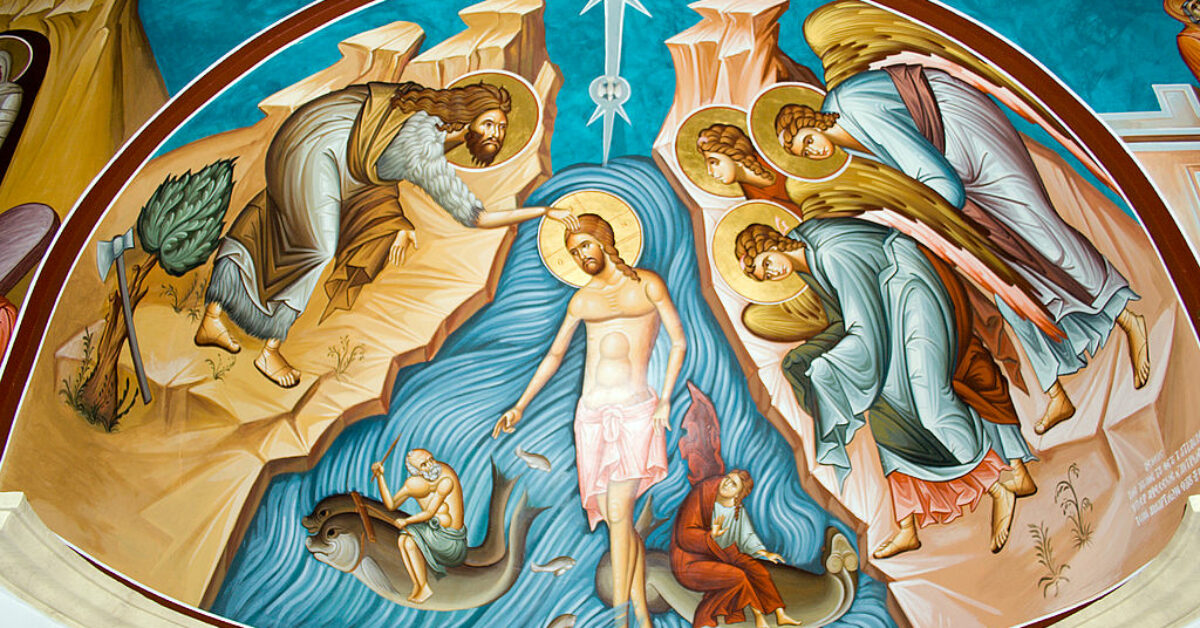The Adult Catechumenate and Christian Formation: Plumbing the Treasures
At the end of his book Faith Shaping Ministry, on the basis of Matthew 6:21 “For where your treasure is, there will your heart be also,” Paul Hoffman writes, “Our treasure lies buried deep within the waters of baptism where Jesus himself unites us to a death like his and graciously raises us in a resurrection like his. This is not new. But it is a treasure—the most priceless treasure that one could ever imagine” (100). That has been the goal and raison d’etre of this course on faith formation and the catechumenate that I and my class have journeyed through the past eight weeks. That is really the heart of the catechumenate: plumbing the depths of the treasures of the church through the prism of baptism. As Hoffman says later, “The treasures for which we long are not far from us. They are not new or trendy. They lie deep within the gifts we’ve always had in the church. They are in our Scripture and our tradition” (101). Over the past eight weeks we have gone exploring the ritual, history, and faith formation and transformation of the catechumenate. Baptismal treasures recognized, held, and honored.
Yet, in this final two weeks of the course we have reached as deeply into the catechumenal treasures as we could, all for the sake of the future of adult faith formation. The goal has been that all of us might envision a road to the catechumenate within the congregations in which we live and move and have our being. The goal has been that we might plumb the depths of baptismal life through various aspects of the faith formation journey. And students have led the way in envisioning these gifts of the church. How does the catechumenate foster a holistic model of congregational life? What forms should preaching take to form Christian discipleship, preaching that flows from and feeds toward the catechumenate? How does the catechumenate shape a congregation to embrace hospitality as an identity marker? How does education in the congregation reflect not a consumer, attractional approach, but a formation of disciples approach? How does faith formation gift us with a baptismal vocation that subsumes all our other vocations within it? These are the treasures that our explorations and discussions have unearthed. As Hoffman concludes his final chapter, “The conviction is this: when we reach deep within the treasures of the ancient liturgies and texts of the Church, we find the transformation that Christ promises us in our baptism” (102). That’s where we have been as a class, that’s where we all should be—there, deep within the treasures. Plumbing their depths.
